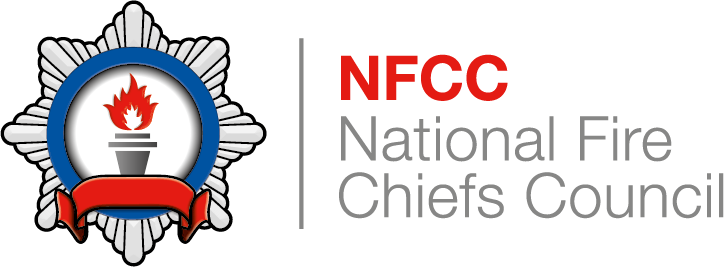Stabilising the mode of transport is carried out to control the hazards associated with uncontrolled movement of the mode of transport. Any stabilisation measures should take into account the expected level of operational activity by personnel and other emergency responders. It may be necessary to use emergency or initial stabilisation methods if there is a threat to life.
Securing the mode of transport in the correct manner will avoid uncontrolled movements when personnel are gaining access, and will suppress vibration when operating equipment. This will be especially beneficial if a component needs to be released under load, such as the removal of a door.
During the stabilisation phase of the incident, appropriate resources should be allocated to address issues relating to the mode of transport and its load or cargo.
Specialist advice or assistance from other fire and rescue services, partner agencies or external contractors may be required, and should be requested promptly. Fire and rescue service specialist teams, including urban search and rescue (USAR) teams, may provide considerable expert knowledge and resources relating to stability at transport incidents.
The stabilisation method used should:
- Be appropriate for the operational activity being undertaken
- Limit the movement of the mode of transport
- Prevent movement of the mode of transport
- Be simple and quick to implement
- Allow for the stability to be monitored
An understanding of the design and construction of the mode of transport will assist when determining which stabilisation methods to use, taking into account the location of the load bearing areas of the mode of transport. It may be appropriate to use external anchor points to prevent the mode of transport from moving, following a risk assessment of their use.
Large and heavy objects may assist with the stability of the mode of transport; these should be considered as part of the plan. It may be appropriate to carry out a controlled movement of the mode of transport, such as removing it from the inner cordon.
It may be appropriate for safety officers to be appointed to monitor the stability of the mode of transport. If appointed they should also monitor the impact of operational activity on the stability of the mode of transport. An escape route for emergency responders should be maintained, especially if the mode of transport could move unexpectedly.
